The automotive industry is currently undergoing a profound transformation from electrification to intelligence, with the evolution of semiconductor technology serving as the core engine driving this change. As we enter the 'post-Moore era', scale laws represented by large models and NPUs (Neural Processing Units) are reshaping computational paradigms from hardware-driven to algorithm-driven. In this context, intelligent assisted driving is accelerating the realization of full-scenario intelligence in automobiles. Meanwhile, domestic Chinese brands are showing strong momentum in technological innovation and supply chain integration, although they face challenges such as cost pressures and solution compatibility. Black Sesame Intelligence, a leading company focused on automotive computing SoC chips, is committed to providing a safe and efficient chip foundation through platform solutions, helping smart mobility enter a new era. According to data from the Gaogong list, in 2024, Black Sesame Intelligence ranked third among traditional independent brand passenger vehicle NOA integrated domain control computing solution suppliers in the Chinese market, with a market share of 12.15%. On July 22, 2025, Zhou Yong, the product management director of Black Sesame Intelligence, stated at the 8th Intelligent Assisted Driving Conference: 'In the wave of automotive intelligence, companies need to be 'people-oriented and start with the end in mind', prioritizing safety as the first principle and emphasizing a strategy of 'slow thinking, fast action' to avoid blindly pursuing computational power competition. Instead, focus should be on algorithm efficiency and platform innovation, empowering full-scenario mobility with cost-effective solutions.
Zhou Yong | Product Management Director, Black Sesame Intelligence
The evolution of semiconductor technology marks a new era of automotive intelligence, transitioning from the Moore's Law era to the scale law era, driving the automotive industry from the first half of electrification to the second half of intelligence. While Moore's Law focused on process enhancement, with iterations from 40nm to 2nm leading to rapid growth in computing speed, the scale law era shifts from data-driven to cognitive-driven, as algorithm architectures evolve from CNN/LSTM to Transformer. The advent of NPUs has significantly broken through computational capabilities, enabling large models to enter edge inference and empowering various industries to embark on the intelligent era. In this transformation, assisted driving has become a major application scenario, pushing cars from traditional mechanics to intelligent systems. In the post-large model era, model optimization shifts to efficiency first, with computing chips facing challenges where bandwidth determines performance and algorithms set the limits. By 2025, algorithm-driven computing will replace hardware-driven, marking the penetration of automotive intelligence from the business level to full-scenario applications.
Black Sesame Intelligence observes that Chinese automotive companies are aggressively transitioning towards electrification and intelligence, leading globally. Achieving an advantage in the Chinese market positions them to take the lead globally.
The current status and multidimensional challenges of automotive intelligence show that it is accelerating penetration across various domains such as cockpit, assisted driving, and chassis. The application of large models has accelerated this trend. Applications in the cockpit domain are transitioning from traditional DMS and voice assistants to multimodal perception based on LLM/VLM to enhance interaction experiences. The assisted driving domain benefits from the evolution of BEV + Transformer and end-to-end models, achieving intelligence from perception to decision-making. The chassis domain relies on model predictive control to optimize body posture management. However, the industrialization cycle has compressed from 5 years for traditional combustion vehicles to 18 months, compounded by four major pain points: extreme costs, solution compatibility, rapid algorithm iteration, and application descent. These challenges stem from the differences between automotive and consumer electronics: long development verification cycles, safety risks due to the isolation of cockpit and driving software, cross-domain barriers leading to hardware-software redundancy, and safety hazards from non-automotive-grade solutions. Companies need to shift towards scientific decision-making, formulating strategies based on data and market trends.
As a Tier 2 company in the automotive industry focusing on SoC chip development, Black Sesame Intelligence has launched the Huashan and Wudang series to address industry pain points with platform solutions. The company's vision is to become a leader in intelligent automotive computing chips, supported by a strong team where 85% of over 1000 employees are R&D personnel, including over 40 PhDs, with the core team coming from top semiconductor, ADAS, and AI application companies. The Huashan series targets assisted driving computing chips, including A1000 and A2000, with A1000 being the first domestically produced automotive-grade high-performance chip. The Wudang series focuses on cross-domain integrated computing chips, including C1236 and C1296, representing the world's first automotive-grade cross-domain integrated chip.
To meet tiered demands for high-end and economic models, the company proposes a safety-smart base architecture, enabling the Wudang C1200 family to integrate essential automotive computing functions into a single chip, similar to Toyota's TNGA architecture, providing a long lifecycle platform. In this scheme, the Wudang C1200 can connect to cameras, millimeter-wave radars, ZCUs, and ECUs, supporting cockpit safety displays and controls. Economic models achieve integrated cabin and parking capabilities with a single chip, while high-end models paired with the Huashan A2000 achieve advanced assisted driving. The advantages of platformization balance cost and performance, avoiding redundant development, and optimizing production acceleration through toolchain enhancements.
Four key elements are essential for achieving high-level assisted driving with the A2000: high computing power + high bandwidth, a friendly general-purpose toolchain, platformized series and full-stack solutions. High computing power supports advanced iteration and large model bandwidth requirements; the toolchain must quickly adapt to algorithm providers, supporting new operators and model expansions; platformization requires chip combinations to cover high, medium, and low configurations; full-stack solutions necessitate synchronous adaptation of chips and algorithms, providing reference models and data feedback tools to shorten production cycles. The Huashan A2000 family will debut at CES 2025, representing a new generation of breakthroughs: integrating a high-safety NPU with redundancy checks, a new memory-computing architecture with a three-layer design balancing performance and cost, and native support for Transformers, with product combinations covering navigation assistance to Robotaxi.
Additionally, the ultra-high integration of CPU, DSP, GPU, NPU, MCU, and ISP/CV supports four-frame exposure and 150dB HDR, with a self-developed RISC-V scheduling core achieving a single-chip data feedback loop, flexibly expanding to support multi-chip computing power. The NPU core adopts the Jiushou architecture, optimizing computational efficiency, while the BaRT (Black Sesame Acceleration Run Time) toolchain enhances usability. The A2000 not only empowers smart vehicles but also extends to embodied intelligence and edge AI, meeting diverse computing needs for robot applications through the Wudang C1200, inheriting automotive-grade high reliability.
Black Sesame Intelligence accelerates the implementation of technology through open cooperation. The Wudang C1200 has supported urban NOA scenario applications, achieving non-map urban assisted navigation and highway scene processing. This chip optimizes algorithm efficiency, for instance, managing complex scenarios like motor vehicles and pedestrians at unprotected left turns on urban roads. Company representatives emphasize that automotive intelligence requires collaboration across the entire industry chain, with chip companies needing to closely collaborate with algorithm partners to shorten production cycles with safe and efficient platforms. Black Sesame Intelligence adheres to the principle of slow thinking and fast action, avoiding ineffective computational power competition while focusing on algorithm optimization and cost control.
Looking ahead, the deepening of automotive intelligence will continue, but challenges remain. On one hand, large model edge inference will empower full-scenario mobility, with an expected penetration rate of over 80% for new energy passenger vehicles by 2030, leading smart automotive leaders to dominate the global market. On the other hand, cost pressures, rapid algorithm iteration, and safety compliance require industry chain collaboration. As a long-term player, Black Sesame Intelligence will continue to innovate in the Huashan and Wudang series, expanding into embodied intelligence and edge AI, addressing challenges through platform solutions. Companies must balance innovation and risk to lead with 'chip' power, achieving a new era of smart mobility. Black Sesame Intelligence will continue to strengthen its internal capabilities, empowering OEMs and consumers with full-stack AI chips, driving the global output of Chinese technology.
The Evolution of Semiconductor Technology Fuels the Smart Automotive Era
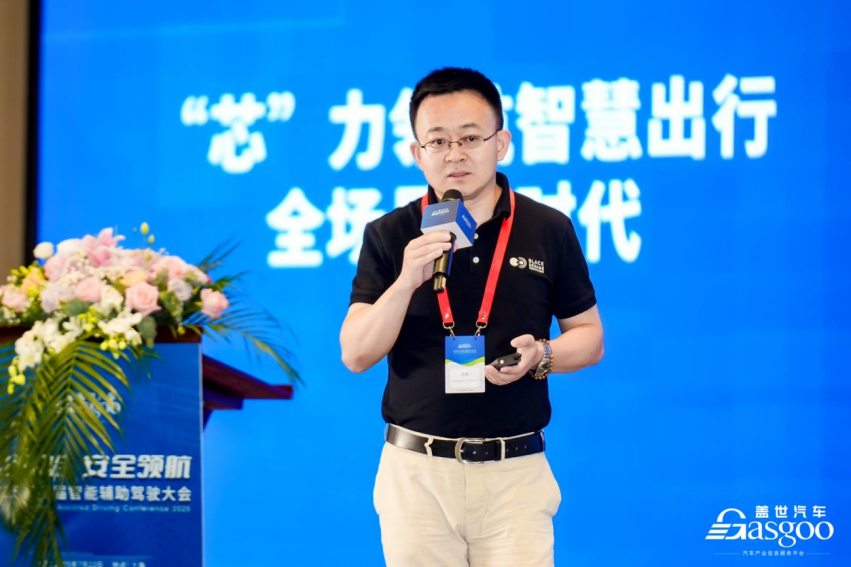
Images
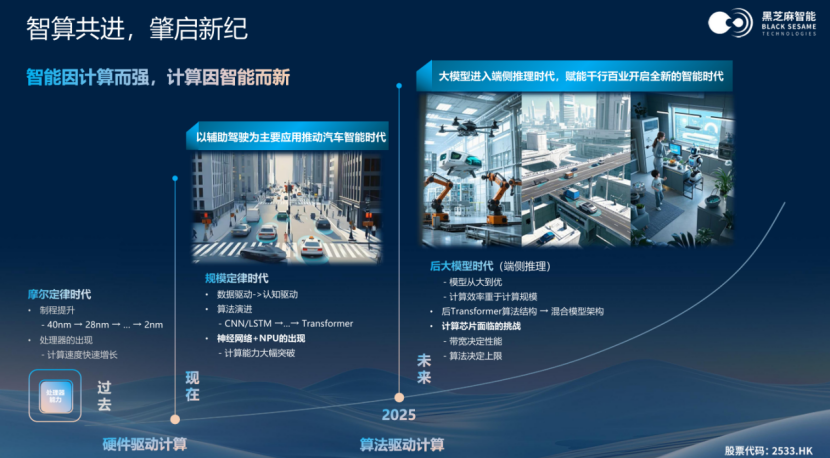
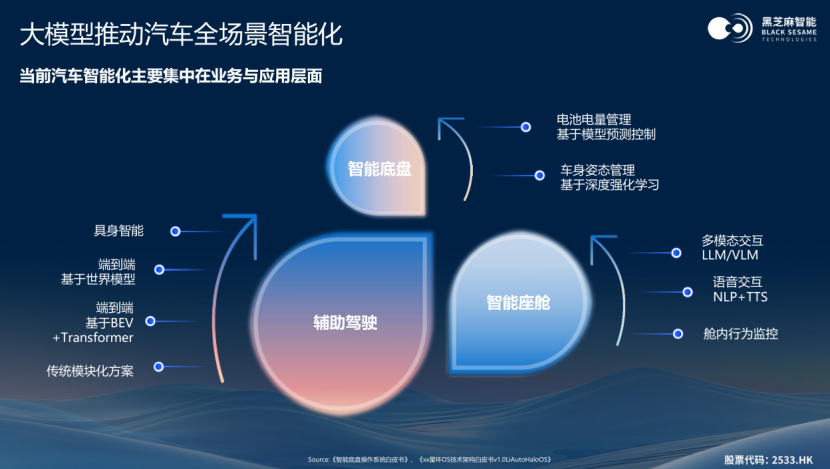
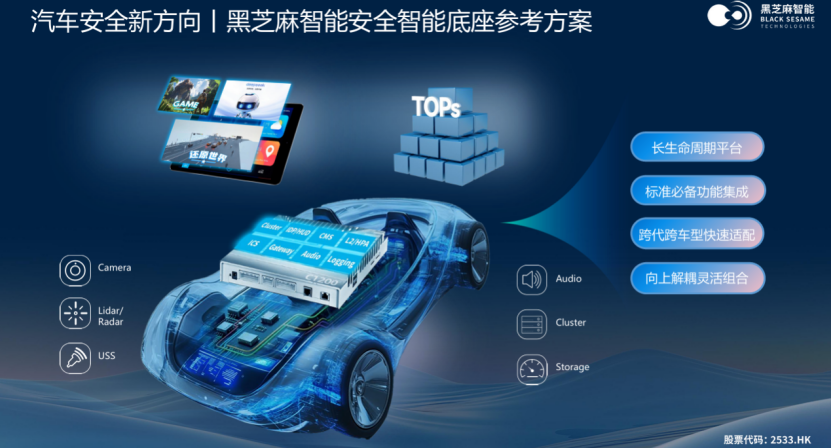
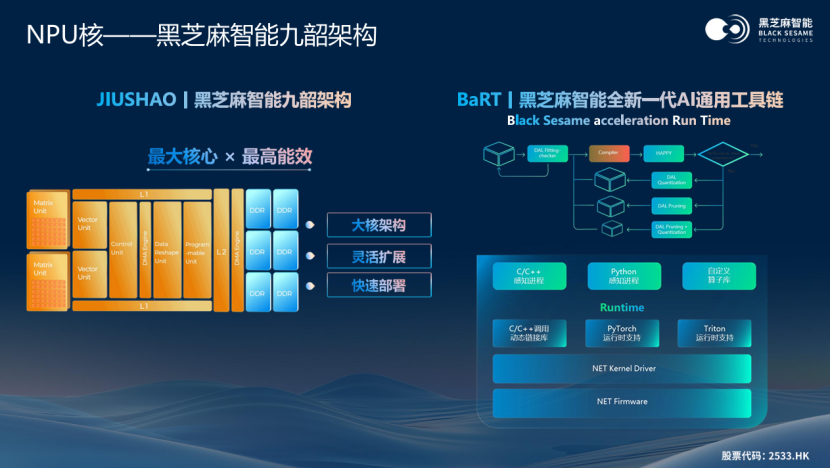
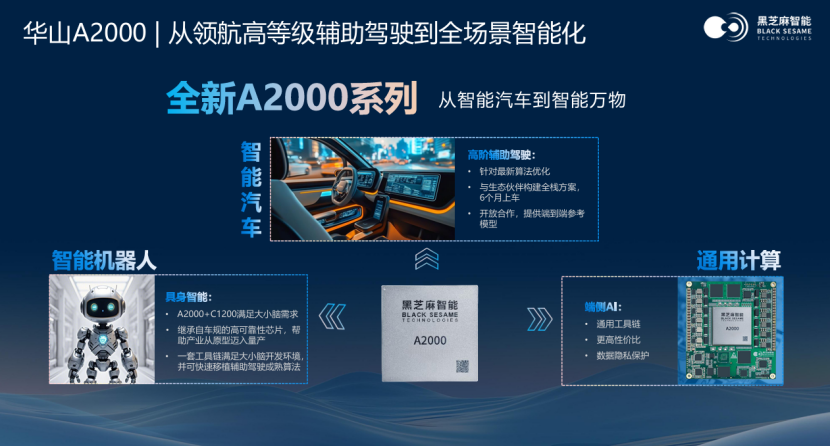
Share this post on: